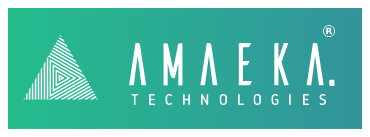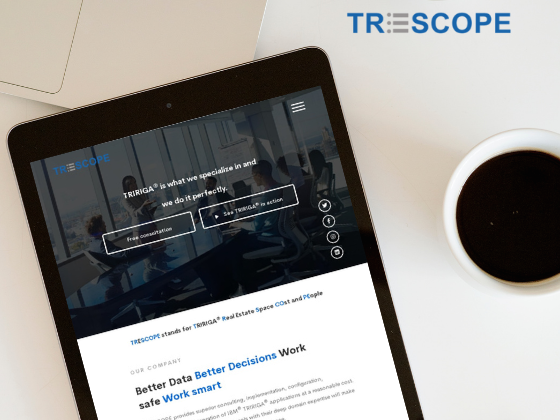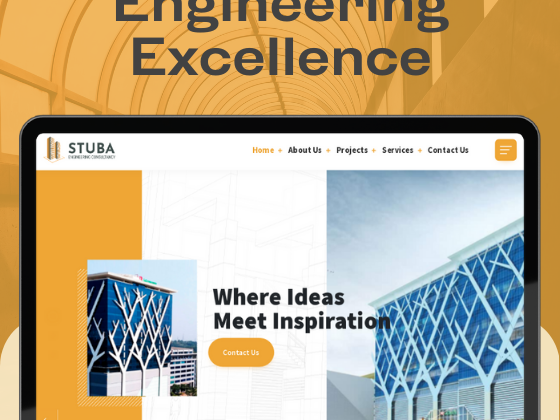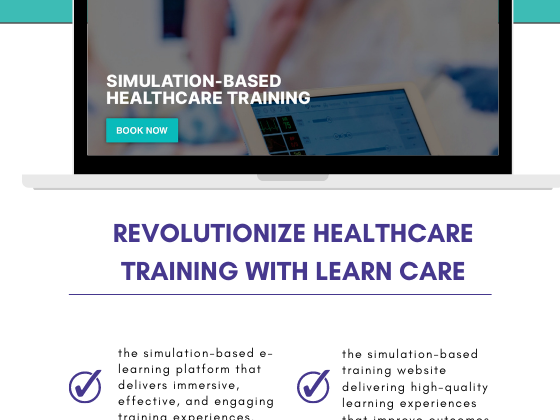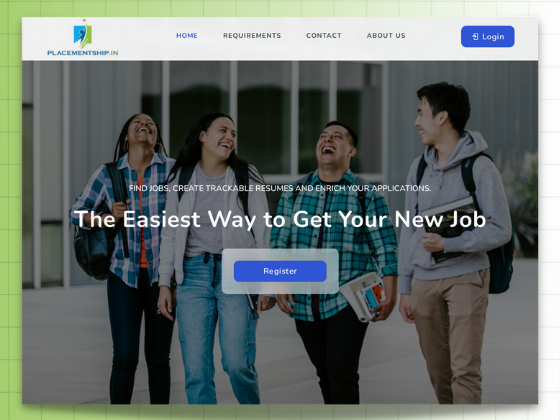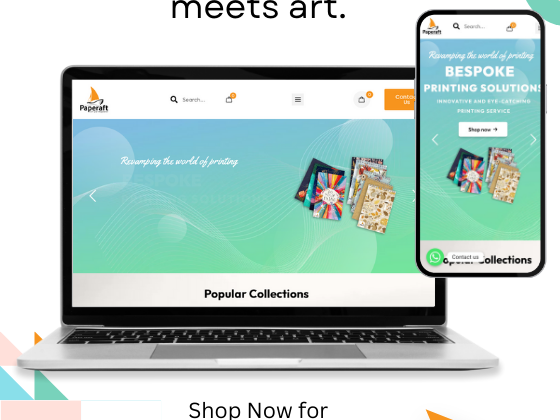The Rise of AI and Machine Learning in UI/UX Design
Artificial intelligence (AI) and system-gaining knowledge of (ML) are unexpectedly changing the world of UI/UX design. These technologies are getting used to create more personalized, engaging, and on-hand user studies.
In the beyond, UI/UX designers had to depend on their instinct and enjoy creating desirable designs. However, AI and ML can now be used to analyze person conduct and possibilities and to generate designs that are tailored to man or woman customers. This can result in an extra customized and engaging consumer experience.
AI and ML also can be used to create extra handy person studies. For example, AI may be used to pick out and fasten accessibility problems in websites and apps. ML also can be used to generate text descriptions for photos and videos, which could make this content greater on hand to customers with visual impairments.
Creating Personalised User Experiences with AI and Machine Learning
One of the most promising programs of AI and ML in UI/UX design is the advent of personalised person experiences. Personalized person reports are designed to meet the particular desires and possibilities of person customers. This can be executed by using AI to investigate consumer conduct and options and to generate designs that are tailor-made to each user.
For instance, AI may be used to tune the pages that a user visits on an internet site and to advocate different pages that the person might be interested in. ML can also be used to research a user’s options for fonts, shades, and layouts, and to generate designs that reflect those options.
How AI and Machine Learning are Being Used to Create More Engaging User Experiences
AI and ML can also be used to create greater enticing consumer reviews. Engaging user stories are designed to preserve users’ interest and engage with a website or app. This can be achieved through using AI to investigate a person’s behaviour and to perceive the factors of a layout which can be maximum attractive.
For example, AI can be used to tune the quantity of time that a person spends on a web page and to become privy to the abilities of the internet page that the person is most inquisitive about. ML also can be used to analyze a person’s options for content material and interactions and to generate designs which can be extra attractive.
How AI and Machine Learning are Being Used to Create More Accessible and User Experiences
AI and ML also can be used to create greater reachable consumer studies. Accessible user studies are designed to be usable by people with disabilities. This may be completed by using the use of AI to perceive and connect accessibility issues in websites and apps.
For instance, AI may be used to test a website for a text that is not nicely formatted for display readers. ML also can be used to generate textual content descriptions for images and movies, which can make this content greater access to customers with visible impairments.
The Challenges and Opportunities of Using AI and Machine Learning in UI/UX Design
There are a number of demanding situations and opportunities associated with using AI and ML in UI/UX design. One undertaking is that AI and ML may be complicated and tough to apply. This can make it hard for designers to recognize how to use these technologies successfully. Another assignment is that AI and ML may be high-priced. This could make it hard for small organizations and startups to find the money for these technologies.
However, there also are a number of possibilities associated with using AI and ML in UI/UX design. One possibility is that AI and ML can help designers to create greater personalised, attractive, and available person stories. This can lead to expanded person pleasure and loyalty.
Another opportunity is that AI and ML can help designers to be more effective. This can unfasten designers to focus on greater creative tasks.
Conclusion
Overall, AI and ML are effective technologies that have the potential to revolutionize the sphere of UI/UX design. However, there are also a number of demanding situations that want to be addressed earlier than this technology may be broadly followed.
